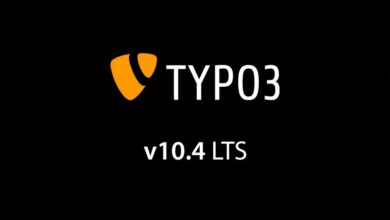Mastering German Language Models: An Exclusive Guide

In the ever-evolving landscape of artificial intelligence, language models have taken center stage, transforming the way we interact with technology and communicate with each other. In this exclusive guide, we’ll explore the world of German language models, shedding light on what they are, how they work, and their diverse applications in both personal and professional realms.
What are German Language Models?
German language models are advanced artificial intelligence systems designed to understand and generate human language in the German language. These models are trained on vast datasets of German text, enabling them to perform a wide range of language-related tasks, from understanding and translating text to generating natural-sounding human-like responses.
How Do German Language Models Work?
- German language models are powered by deep learning algorithms, particularly neural networks. Here’s a simplified overview of their functioning:
- Data Collection: To build a German language model, vast amounts of text in the German language are collected from various sources, such as books, websites, and articles.
- Tokenization: The collected text is broken down into smaller units called tokens. These tokens can be individual words, subwords, or characters.
- Training: The model is trained to predict the next token in a sequence based on the tokens that came before it. This process involves adjusting the model’s internal parameters (weights and biases) to minimize prediction errors.
- Fine-Tuning: After initial training, the model is fine-tuned on specific tasks, such as translation, text generation, or sentiment analysis, to make it more proficient in those areas.
- Inference: Once trained and fine-tuned, the model can be used for various applications, including text generation, language translation, chatbots, and more.
Applications of German Language Models
- Language Translation: German language models are employed in translation services like DeepL to convert text from German to other languages and vice versa with impressive accuracy.
- Chatbots and Virtual Assistants: They power intelligent chatbots and virtual assistants capable of understanding and responding to user queries in natural language.
- Content Generation: These models can generate human-like text for content creation, whether it’s for marketing, journalism, or creative writing.
- Sentiment Analysis: Businesses use these models to analyze customer feedback and reviews in German to gauge sentiment and make data-driven decisions.
- Language Learning: German language models assist learners by providing language exercises, translations, and language proficiency assessments.
Challenges and Ethical Considerations
- While German language models offer incredible possibilities, they also raise ethical concerns. Some of these include:
- Bias: Models can inherit biases present in training data, leading to biased outputs.
- Privacy: Handling personal data within AI models necessitates stringent data protection measures.
- Misinformation: There is a risk of generating false or misleading information if models are not supervised carefully.
German language models represent a pivotal development in AI, revolutionizing the way we communicate, work, and learn in the German language. Their versatility, coupled with their ability to understand context and generate coherent text, opens up a world of opportunities. While there are challenges and ethical considerations, ongoing research and responsible AI development will continue to refine and improve these models, making them indispensable tools for the future. Embrace the power of German language models to enhance your language capabilities and elevate your AI-driven projects.






















